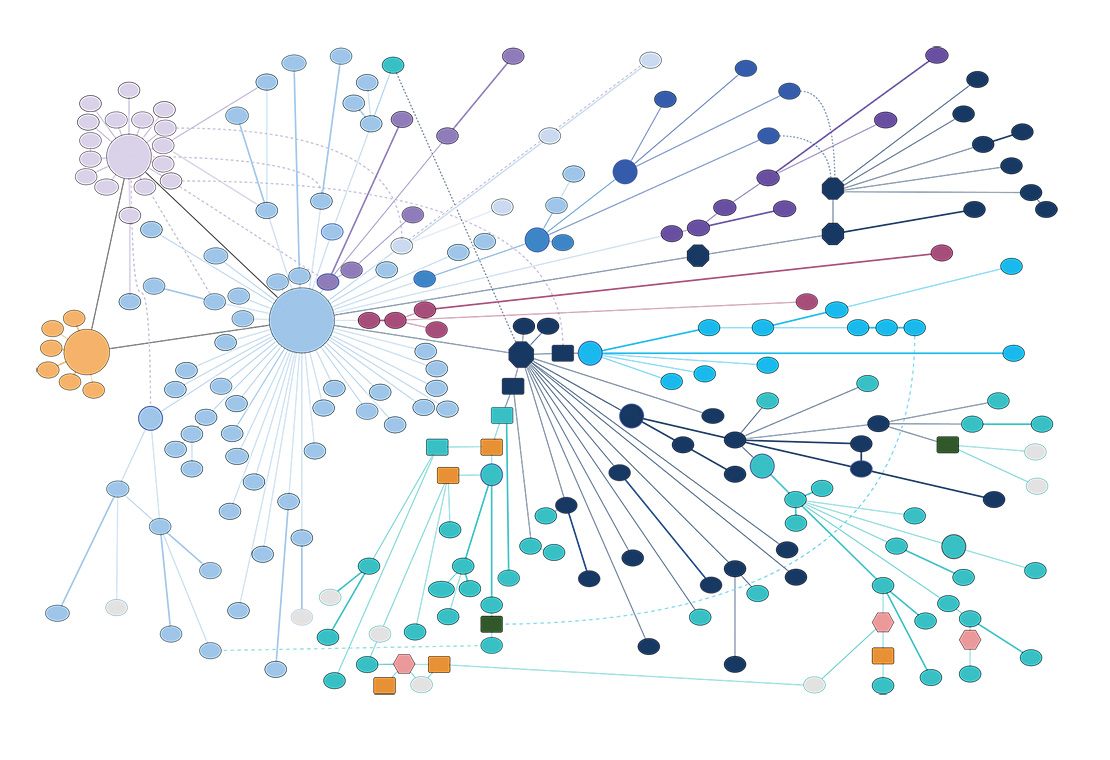During the past twenty-five years, DFA has built a business, brick-by-brick, or more precisely in our case, bubble-by-bubble.
From 2008 through 2012, the financial and economic crisis known as the great recession affected our business dramatically. New projects were few and far between, project budgets were reduced, all resulting in less revenue. We were more fortunate than other firms. We had not over-grown during the preceding boom, and we maintained enough work to weather the storm, albeit barely. The recession did bring the unintended opportunity of having time for self-analysis, the benefits of which we enjoy today.
During those dark days, we started two analytic projects. We initiated a thorough pricing analysis of our built work (on a square footage basis), including collecting data on cost accretion through scope additions and found conditions after construction commencement (change orders). This information, once distilled and updated over time, has positively influenced every aspect of the firm; improving marketing, project delivery, and even allowing us to refine our business model.
The second project was a genealogy study of sorts, visually documenting the historical connectedness of our projects and clients. We wondered what we would learn if we went back to 1991, and charted which projects came from which. The task was meaningfully more cumbersome than intended, but after a number of false starts and software swaps, we developed our bubble chart, a constellation documenting the referrals and ‘connecting all the dots.’
We’ve learnt a number of things form the production of the chart:
- Malcolm Gladwell is right. “Connectors” really do exist.
- We have given visual form to the importance of relationships. 90% of our projects result from direct referrals or are repeat clients.
- Sharing the bubble chart gives new clients great security. A report of a lesser experience going back to a referring client would have extraordinarily negative consequences.
- Small town economics work in the largest city in America. Reputation is as valuable in New York as anywhere.
Most importantly, we recognize our bubble chart is our greatest asset. It is a daily reminder of who we are and how we got here. It inspires us to stay in touch with past clients and to undertake new projects.
DF, 11-27-2016


